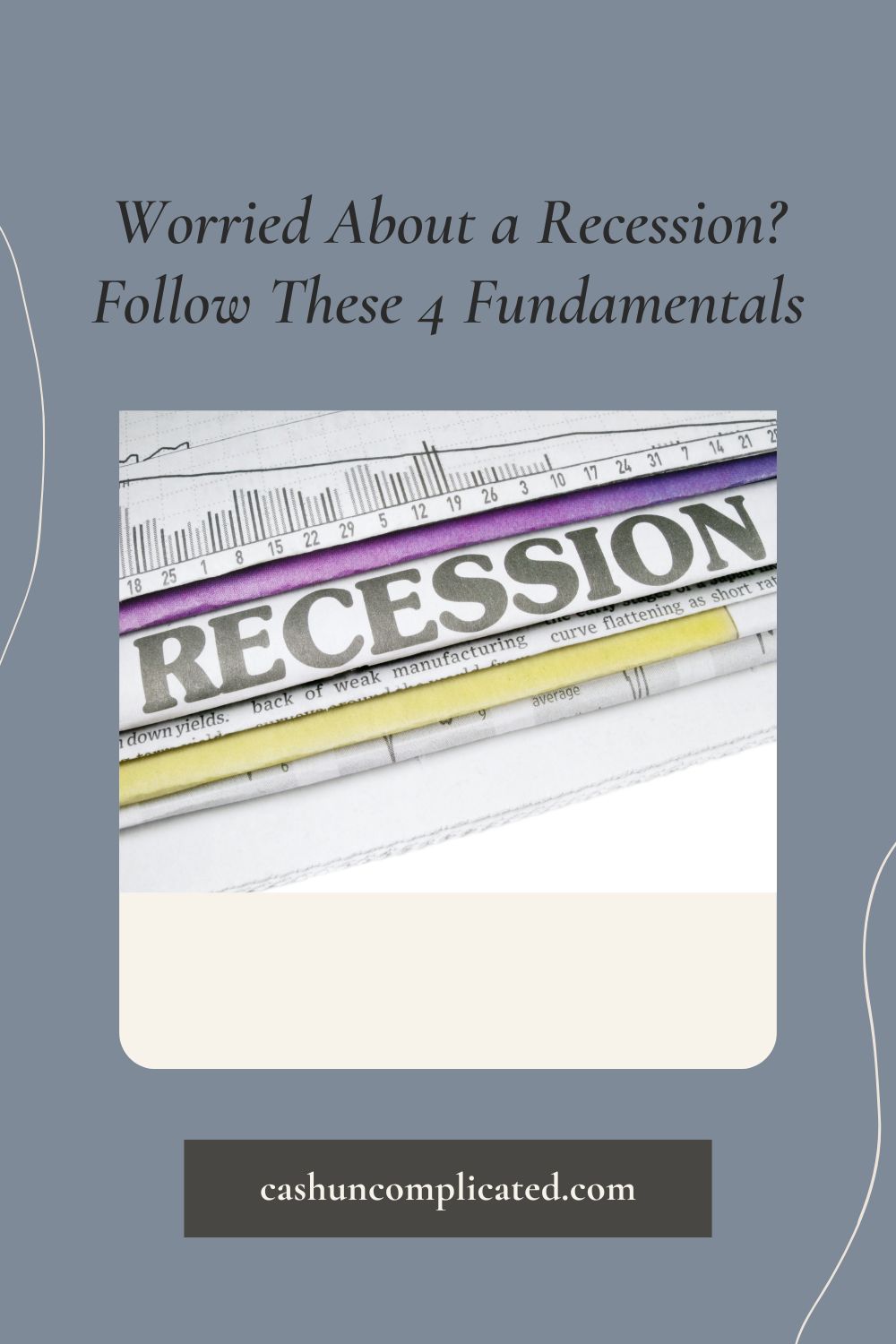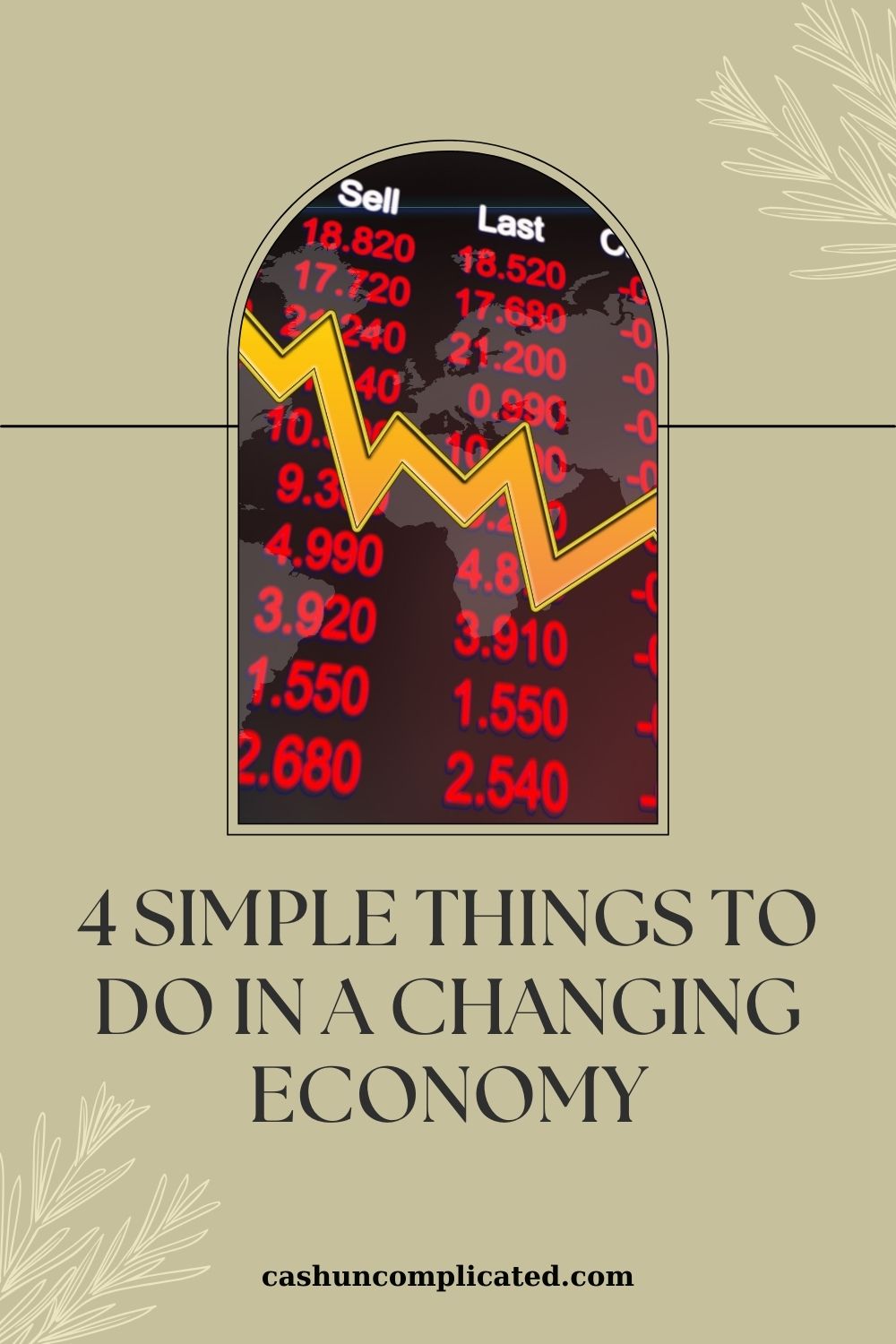I often hear people talk about personal finance like there is only one pathway to success.
- “Do this, not that”
- “The only way to get wealthy…”
- “That way is for suckers”
- “The only way is to make more”
- “Nothing else will work”
Some people are convinced that the only way to be financially successful is by making more money. Another school of thought seems convinced that the only path to financial success is through frugality, sometimes extreme frugality.
What if we are frugal, make more money, and implement a few other financial principles? What if the answer isn’t one or the other, but a combination of multiple principles?
People have challenges with personal finance. There are more ways than one to overcome those challenges though. I like to look at challenges from a variety of angles and solutions. The more effective tools you have in your tool belt, the better.
Abraham Maslow said “To the man with only a hammer, every problem looks like a nail.” Having more tools in your tool belt eliminates the singular thinking that every problem is a nail, or has only one solution.
The most powerful thing we can do is to combine principles. Someone who has trouble managing a $50,000 per year salary is going to have trouble managing a $100,000 per year salary. On the contrary, someone who effectively manages her $50,000 per year salary by being frugal and intentional with her money, will do very well doubling her income to $100,000 per year. She’s following multiple financial principles to her advantage.
To illustrate the point further, we will use a fictional character named Joseph. This is Joseph’s situation one year ago compared to today:
| Last Year | This Year | Monthly Difference | Financial Principles Applied |
| Made $15/hour at a 40 hour per week job ($2,400/month) | Got new job at $20/hour. 40 hours per week ($3,200/month) | +$800 | Make more money |
| Spent $200 every weekend on food and alcohol ($800/month) | Only goes out when he really wants to, spends an average of $60 every weekend on food and alcohol ($240/month) | +$560 | Value-based spending, money mindfulness |
| Carried credit card debt, $30 in interest payments monthly | Paid off card, no more interest payments | +$30 | Eliminate bad debt |
| Got take out 3 nights a week, costing $45/week and $180/month | Take out one night a week costing $15/week and $60/month | +$120 | Healthy lifestyle, value-based spending, money mindfulness |
| Monthly grocery bill $300/month | Eating out less so grocery bill goes up to $400/month | -$100 | Healthy lifestyle, value-based spending |
| $400/month car payment | Sold car, bought new car with cash from sale of old car. | $400 | Eliminate bad debt, value-based spending |
| Afternoon trips to the vending machine: $20/week, $80/month | Brings snacks from home, no more vending machine | +$80 | Healthy lifestyle, value-based spending, money mindfulness |
| Minimal exercise, no gym membership | Got gym membership for $25/month | -$25 | Healthy lifestyle, value-based spending |
| N/A | N/A | Total: $1,865 | Combined Principles Applied: Make more money, value-based spending, healthy lifestyle, eliminate bad debt, money mindfulness |
By combining principles, Joseph has $1,865 more every month than just one year ago! In this case, Joseph combined a total of 5 principles, all of which played big parts to him being in a significantly better financial position than the year before.
If Joseph had just applied one principle because someone led him to believe there was “only one way” he would not be in this position. By combining principles, Joseph gave himself big wins in a few really important categories.
$800 more per month by finding a new job and making more money, $560 more by going out for food and drinks only when he really wants to, and $400 more per month by replacing his car that had costly payments. This is in addition to some of the small wins like $120 on take out, $30 on credit card interest, and $80 on afternoon trips to the vending machine.
Joseph’s utilization of multiple strategies even allowed him to increase spending in a couple categories. He actually spent $100 more at the grocery store because he was eating healthier and reduced the number of days eating take out. And he paid for a gym membership which cost $25 per month.
There are more ways than one to improve your financial situation. Don’t believe people who tell you there is only one way. Look carefully at all aspects of your life and decide where you can make improvements. Then hone in on those areas and take action.
You’ll even find that many of these areas are interrelated, which makes things even easier. If you decide to improve your health, you’re probably going to eat less take out and snacks from the vending machine. Eating out less and reducing trips to the vending machine are also going to save you money.
The one decision you made to eat healthier led to two positive outcomes: a healthier lifestyle and less money spent on food you don’t want to eat anymore.
Last but not least, be patient—it’s not all going to happen at once. You’re not going to go from broke to wealthy in one day. But the little improvements you make in different categories will lead to big improvements over time. And that will change your life.








